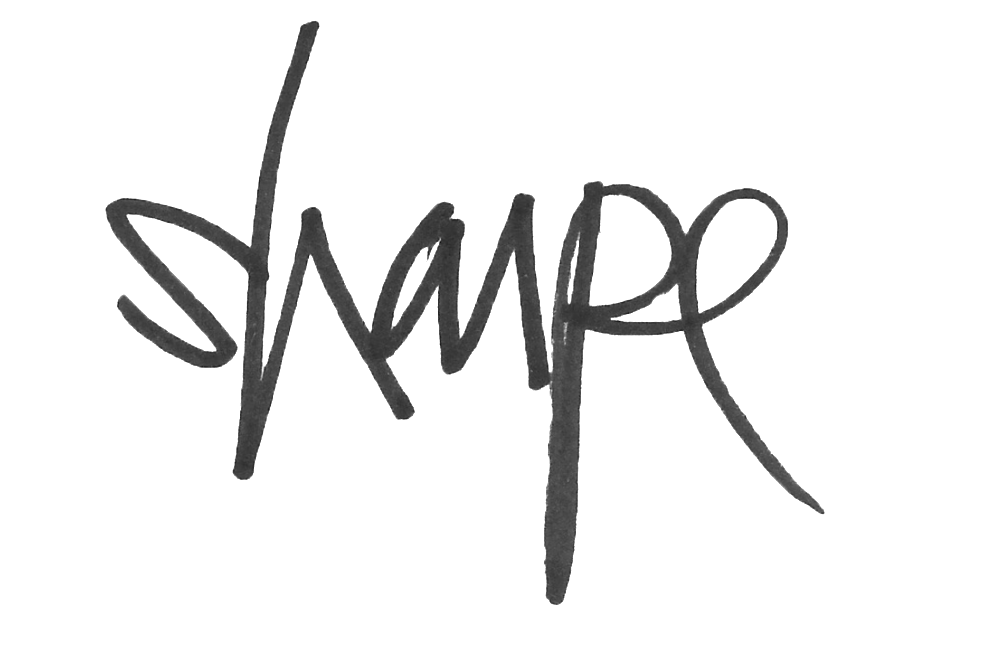Teaching
In order to convey emotional meaning in our paintings, we must learn to see again, to use the head and the heart in tandem. This is what I attempt to convey with my painting and what I try to teach in my workshops.
“I don’t believe that a painting has to shout to be heard.”
- David Sharpe
Emotions and the landscape
‘April Showers’
12 x 12, Oil on Birch
My course is designed to help painters to learn to paint poetically instead of simply realistically. I believe that the imagination can be far more powerful and engaging than trying to paint every detail that we see with our eyes. I don’t necessarily go out to paint what is front of me, I go out to paint a good picture. I have been told that my work is more poetic than picturesque and I am just fine with that.
The landscape can become evocative of subtle emotions through the conveyance of light, form and color. I aim to teach my students to understand the core principles of the classic tradition but to apply these principles through intuition, emotion and exploration.
The American Tonalist School of Painting at the turn of the century is a major influence and inspiration in my own work, and I attempt to convey it through my teaching.
“Don’t play what’s there. Play what’s not there.”
- Miles Davis
What I Teach
I teach through a combination of slides, demos and on one one guidance.
I base my teaching on the foundation principles established by the masters like John F. Carlson. Edgar Payne and Charles Hawthorne among others. Like the foundations of a house, I feel these principles are bulletproof and the bedrock of landscape painting that must be learned in order to move up to higher forms of personal expression and exploration. There are no shortcuts. You can’t paint what you can’t see and you can’t see unless you are shown WHAT to look for. I attempt to do that.
I encourage students to invent.To emote in their work. To try and paint what they ‘feel’ about what they see-not just paint what they see.
I attempt to teach them about how to convey mood, atmosphere and an atmospheric ‘sense of place’ through my slides, exercises, demos and one on ones.
“My great longing is to make those very incorrectnesses, those deviations, remodellings, changes in reality, so that they may become, yes, lies if you like – but truer than the literal truth.”
- Van Gogh
My Courses
Painting the Emotional Landscape
Day 1. LIGHT AND VALUE Understanding how light hits the earth’s surface/John F Carslson’s 4 Angles of Light/Exercises and demo in Black and White/THE 3 KEYS OF LIGHT/Exercises and demo in black and white/THE VALUE MAP. /Ds demo and one on ones.
Day 2 SEEING SIMPLY/GETTING THE ESSENCE The importance of designing patterns of light and dark/ Notanizer app/importance of thumbnails/composition and design principles through exercises and DS demo and DS one on ones
Day 3 PUTTING IT ALL TOGETHER DS Demo in colour reiterating all Day 1 and Day 2 principles/Class paints with DS doing one on ones. Group critique.
SPECIAL NOTE: I show students how to use the app Procreate with their ipad to help them make compositional and colour decisions instantly without wasting time and paint the traditional way.
I also contact each student via email well in advance of the workshop to understand exactly what they are looking to achieve in their work, look at work they have done that they like and don’t like. This helps us both when we work together and me in judging the overall skill of the class soI can design it better for them as a whole.



